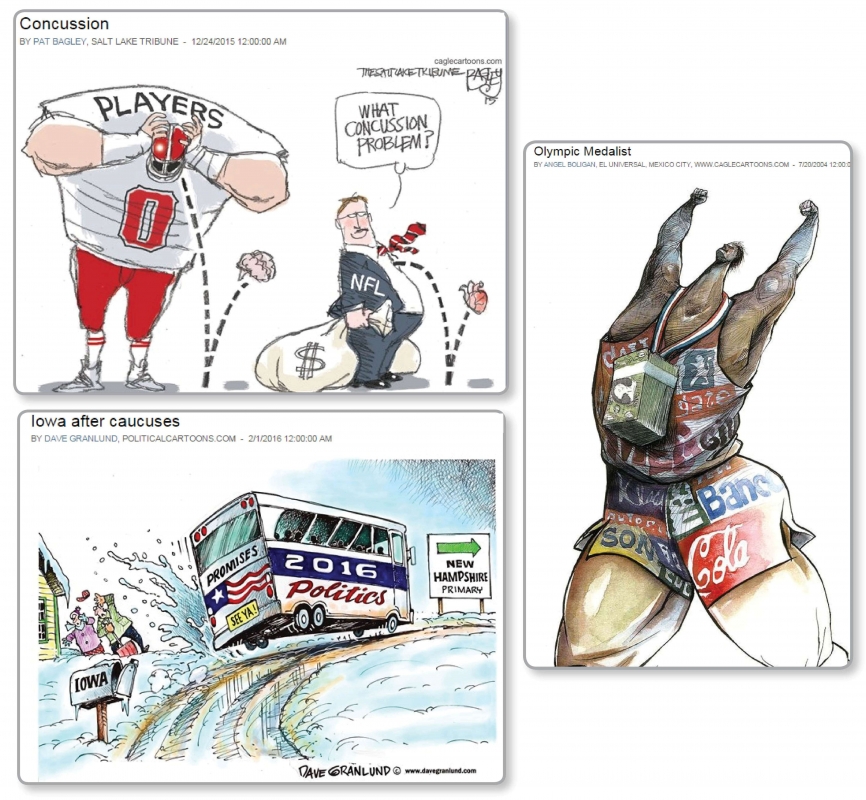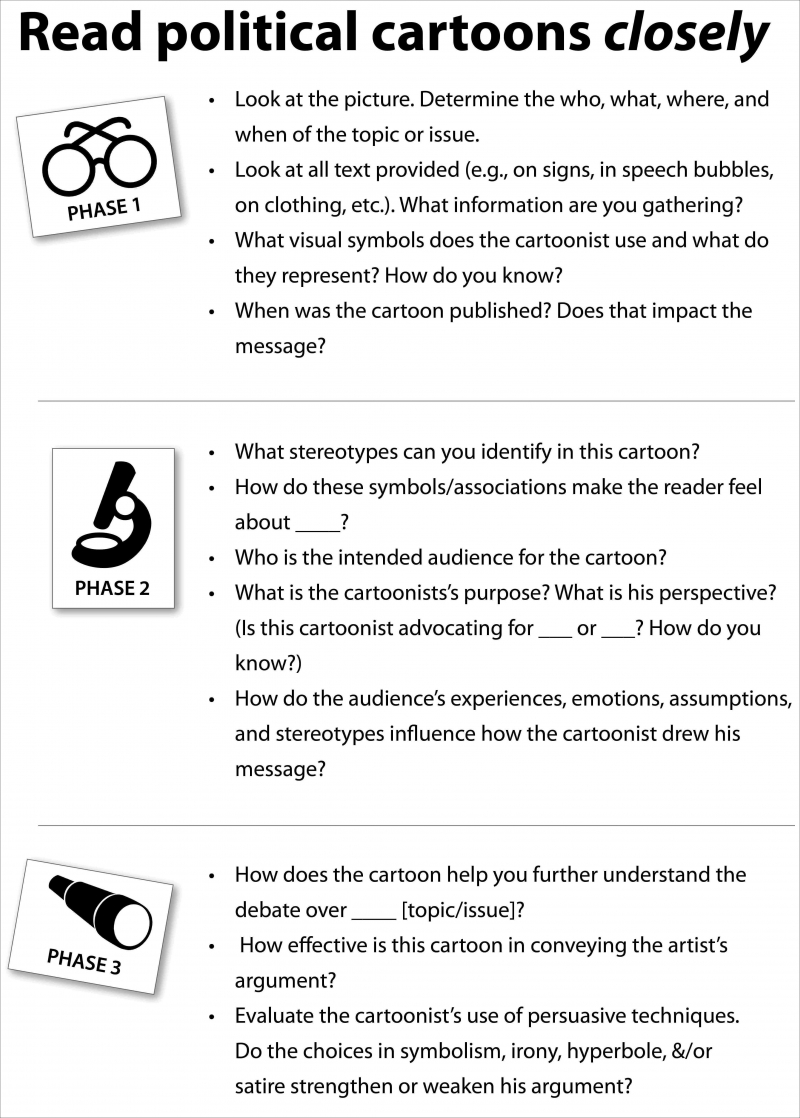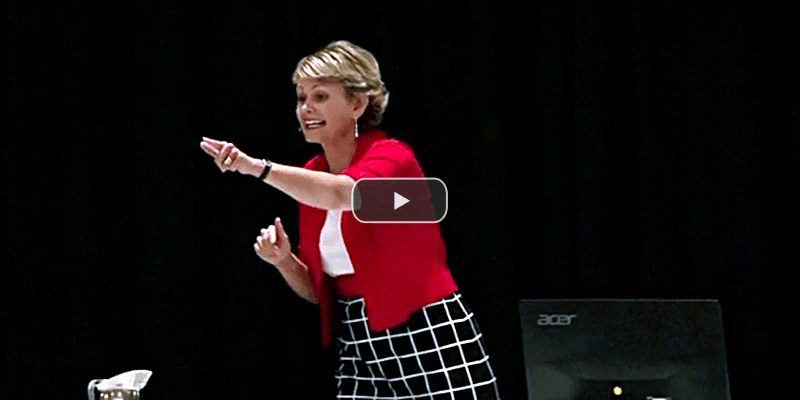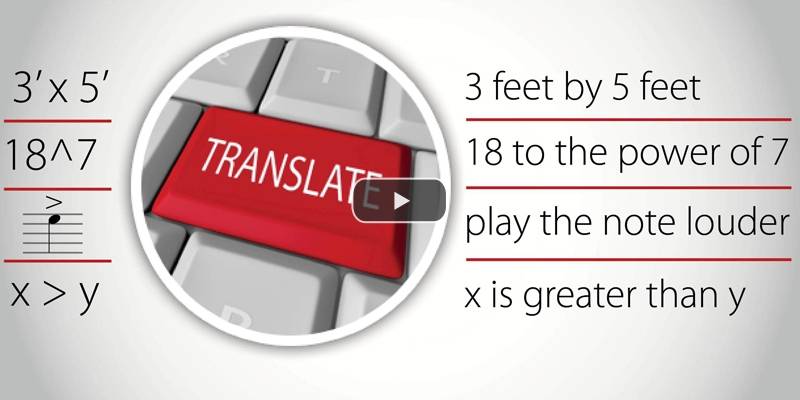Learning Center
reading
Add editorial cartoons to science & social studies
May 06, 2016
It’s advantageous to include editorial or political cartoons within a science or social studies unit. They are short, and thus can be read multiple times quickly. However, they also tend to have many layers of meaning and are, therefore, great text options for close-reading experiences.
Phase 1: Read for gist
After introducing a new unit with some background knowledge via a textbook or text, reveal a political cartoon on the same subject (or something of a related matter).
When first “reading” a cartoon, remind students that they are after only a surface understanding. Read to identify the literal details and overall gist. Who or what is pictured? What is the setting (time and place) for this scene?
In addition to noting the visuals, look for any text the illustrator provided. This may include words in signs, speech bubbles, even buttons on clothing. What information does the text offer? Consider any symbols used in the cartoon. What do they represent? And think about when the cartoon was published. What does that add to understanding the cartoon’s meaning?
Phase 2: Read for author’s intentions
During the second “reading,” zoom in on the cartoon and question the author’s choices. Why did he draw what he drew?
Also consider any stereotypes that may have been implied. With the different symbols in the illustrations, challenge students to consider what the illustrator meant by his choices.
Ask students to identify the intended audience and the cartoonist’s overall purpose. This leads to determining the illustrator’s perspective on the topic or issue.
Phase 3: Read for significance and meaning
With a solid understanding of the cartoon’s message, zoom out and evaluate the illustrator’s ideas. Consider the validity of this cartoonist’s message. How does it deepen the audience’s understanding of the topic, situation, or issue?
How effectively did the cartoonist convey his argument? This includes analyzing his persuasive techniques. If devices such as symbolism, irony, hyperbole, or satire were used, it’s during this third phase, the reader evaluates whether these techniques strengthened or weakened the illustrator’s argument.
At this point in the close-reading experience, consider bringing in a second cartoon on the same topic or issue for a text-to-text comparison. Ask students to evaluate how the two different illustrators convey their arguments.
TIP:
A great resource for quick access to cartoons is Daryl Cagle’s website–The Cagle Post. All his cartoons are organized by topics like economy, science, politics, technology, and more. Or, simply use the website’s search function to type in specific topics (e.g., Trump campaign, cloning, football, Olympics, etc.).






